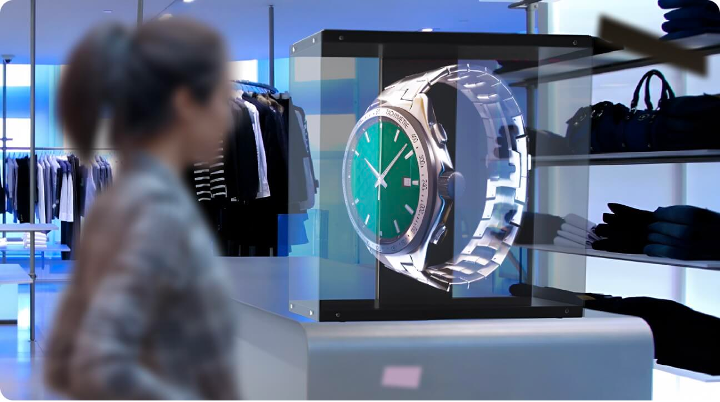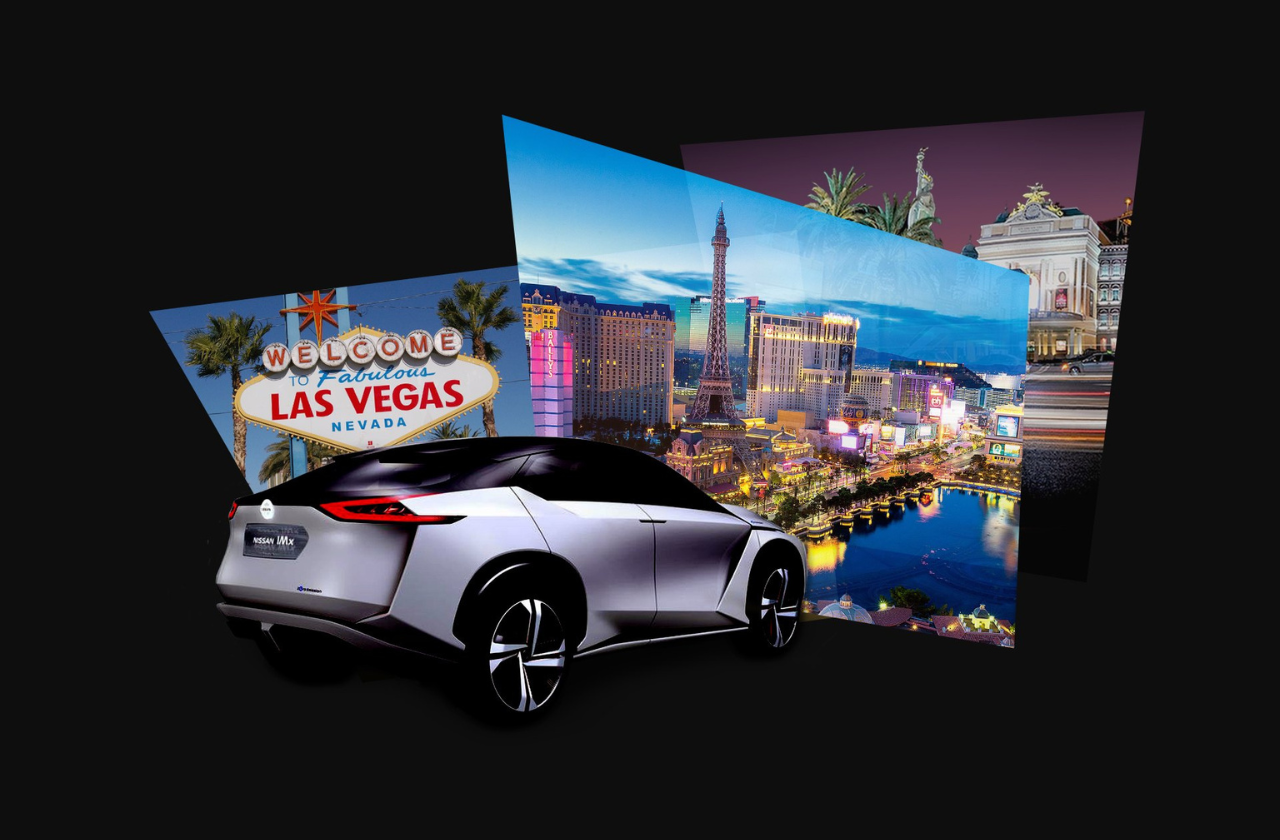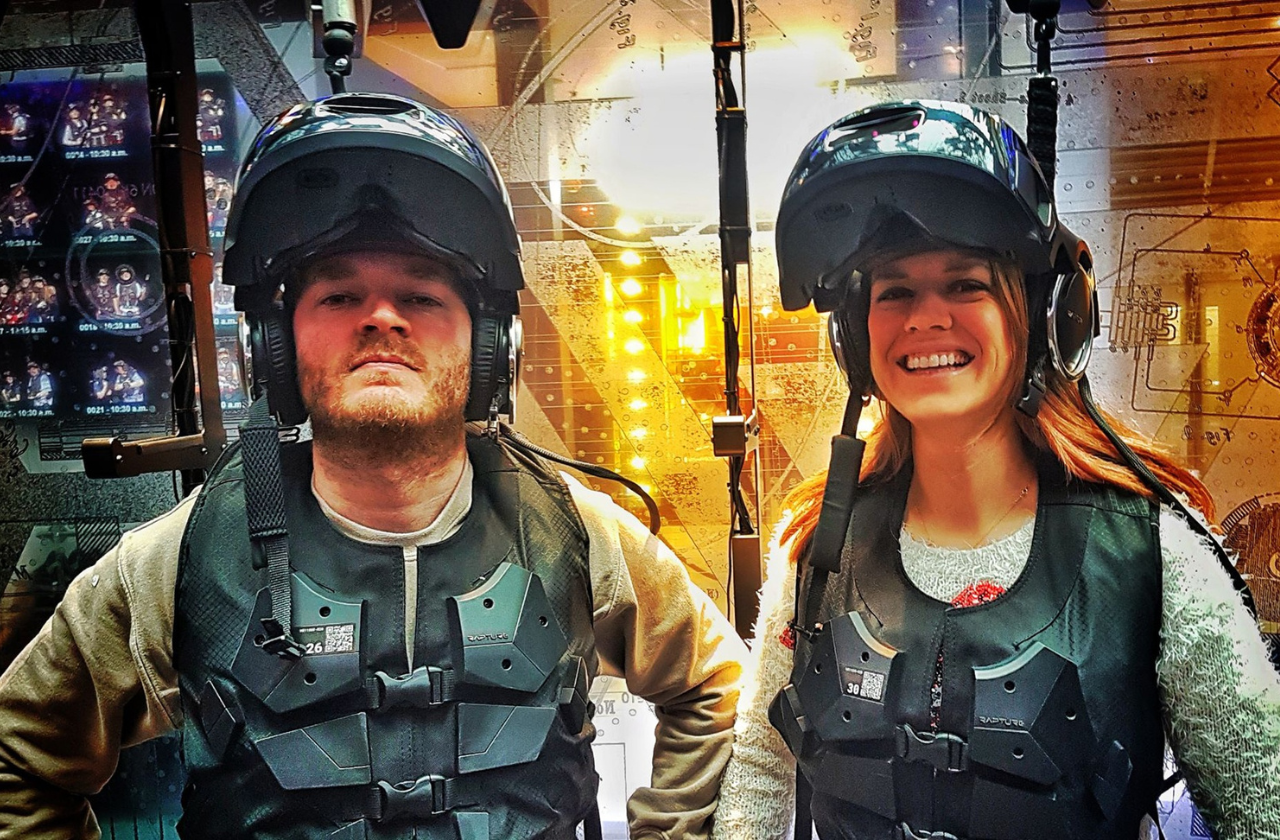






While the concept of e-commerce has been around since the late 1990’s, it’s over the past decade that online shopping has really boomed, with the rise in online-shopping-popularity accompanied by claims of the ‘death of the high-street’. But what if it isn’t the act of in-store shopping that customers have grown weary of, but the traditional set-up of physical stores?
A 2019 article entitled ‘Why the Physical Store Model is Dead’, stated that ‘anyone who wants to operate a physical store must convince consumers that it’s worth their time to go there to shop’. This seems obvious, and yet four years later we are still watching once-flourishing high-street destinations tread water in a bid to stay alive.
The most obvious example of this is Oxford Street. In a recent article by The Drum, agency leaders based in London’s retail centre discussed the demise of what they describe as the previous ‘Bastion of British retail’. The cause, they say, is that shops aren’t putting the same effort into the physical experience as they used to. Once upon a time, Oxford Street’s flagship stores promised consumers access to launches and experiences that they couldn’t get elsewhere; Topshop had an entire floor dedicated to indie-brand pop-ups, nail bars and, at one point, a florist.
Now, stores don’t offer customers anything that they can’t access online other than the ability to try clothes on for size. And with the stress that comes from battling tubes, buses and other shoppers, and the rise of buy-now-pay-later brands such as Klarna and ClearPay, fitting rooms simply aren’t enough of a draw. Sat in the shadow of their online counterparts, physical stores feel like a tick-box, rather than a crucial stage in the retail experience.
So, how can brands restore the physical high-street to its former glory? The key is to stop thinking of online and offline as separate and blend the two to create one improved shopping experience.
Using digital to enhance the physical
Take Nike for example. They took the mass data gained from all their Nike apps and online shoppers in specific locations to create Nike Live: hyper localised retail spaces that curate stock based on the interests and needs of local customers. By understanding the opportunity for digital to enhance the physical experience, they developed retail spaces that offer the customised convenience of online shopping. Consumers can even browse the available products of these stores online and reserve them for ‘curb side pickup’, where a Nike representative will bring your items out to your car. Everything about these spaces is designed to offer a custom, localised, individual experience that provides both speed and convenience.

Another brand using digital to bring new life to their physical stores is Reformation. Using touchscreen monitors, customers can add items from their chosen store’s collection to a dressing room (in whatever colour and size they like), and a store representative will load the items into the ‘magic wardrobe’ for them. Whilst trying items on, customers can then use the in-dressing room iPads to request different sizes and colours, and even adjust the lighting to suit them. Not only does this create a high-end shopping experience for consumers, but it has given Reformation new customer insights that enable them to better forecast inventory and plan future decisions based on the wants and needs of local customers.
Transforming the retail experience
Both examples demonstrate the benefits of blending online and offline retail offerings to create one enhanced shopping experience, but what if we could use digital to not just improve the in-store experience, but transform it completely?
HYPERVSN is a ‘phygital solutions’ company that uses holograms to create immersive, 3D retail experiences. From digital product catalogues that customers can control with their hands, to entire smart walls, and even holographic store representatives, HYPERVSN’s solutions give brands the power to transform traditional shopping into a fully immersive experience.
Not only do such experiences drive increased footfall and engagement, but they enable stores to showcase their entire product range without the need for physical products. Stores could, therefore, be selective with their stock, personalising their physical offering based on data collected via these digital interactions.

A new opportunity space for brands
While HYPERVSN’s solutions present opportunities to create truly immersive shopping experiences, both Nike and Reformation have shown that brands don’t need to integrate cutting-edge technology to enhance their physical retail space. Small digital executions have the power to create a high-end offline experience with all the convenience of online shopping. For example, imagine if could browse your favourite store online, pick your desired clothes in the sizes you need and reserve a timeslot to try them on? No queues, no trawling through rails just to find out they don’t have your size; a seamless, convenient shopping experience.
For brands, this would not only set their physical space apart from the crowd but enable them to be selective about the products and sizes they stock, based on consumer data. Like Nike and Reformation, brands would likely discover that customer wants differ varying on location; by understanding their consumers they could tailor their offering, better serving their local community but also preventing the need for end-of-season sales to get rid of dead stock.
Ultimately, the opportunities for blending the online and in-store shopping experience are numerous, and brands have an exciting chance to elevate their physical retail spaces to entice customers back into stores. Brands that choose to ignore this opportunity, however, risk falling behind.



Our dedicated team dives deep, delivering relentless value and aligning digital solutions with your goals in a way that guarantees success
Learn more